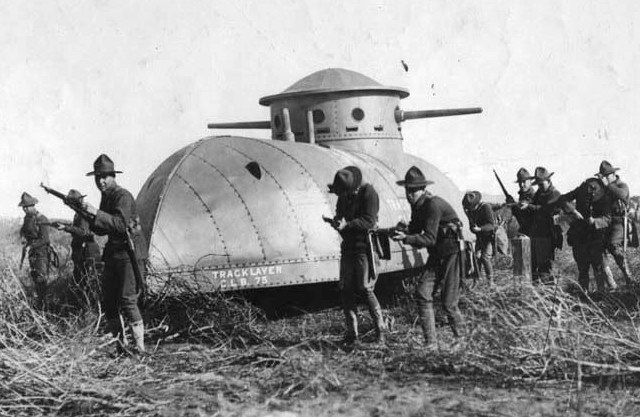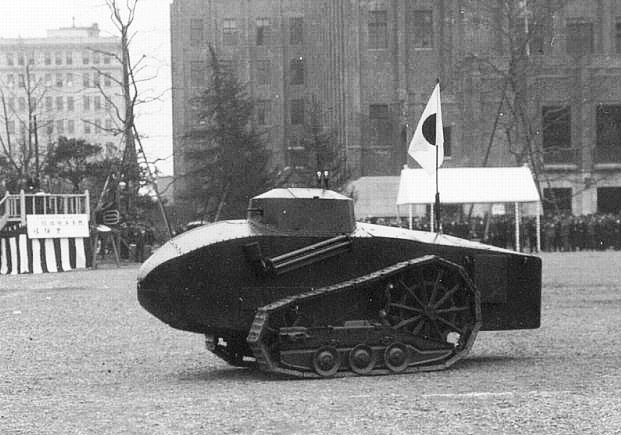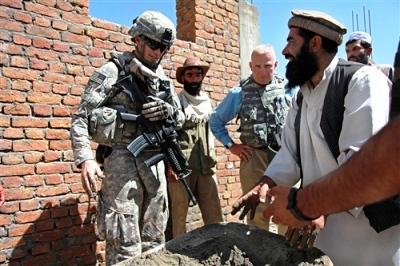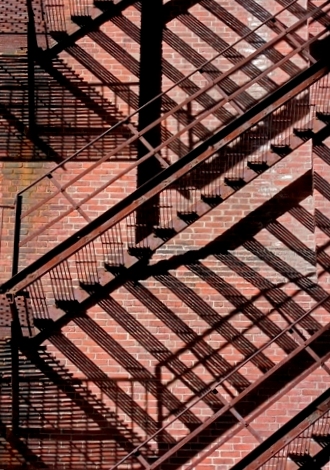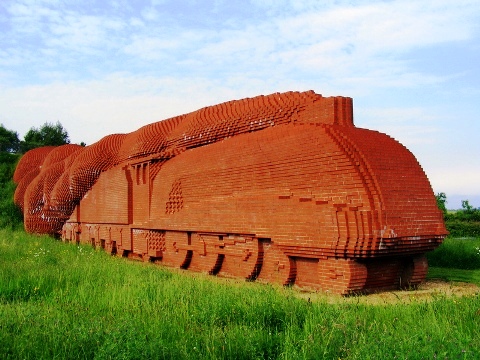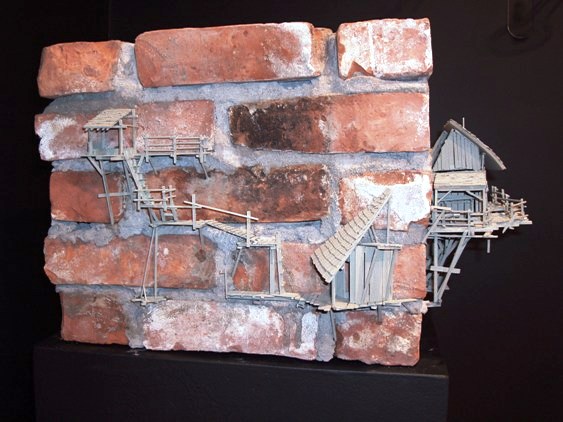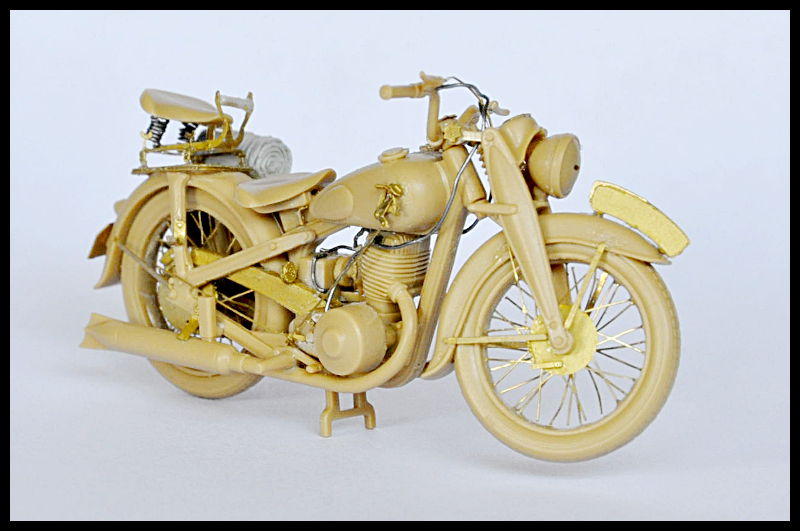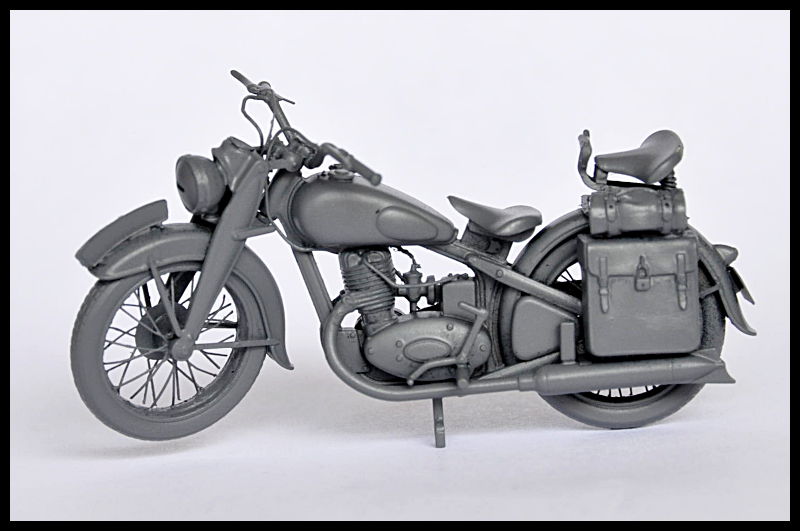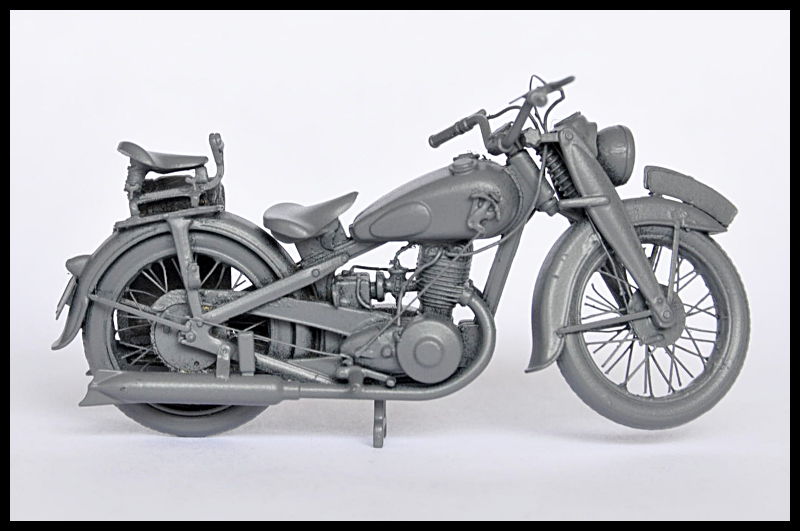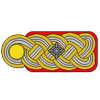Robert – I understand your experience; on first seeing the photo I thought it was some designer’s fantasy, and the media helped reinforce that. I looked at a lot of photos, and although this tower style seemed globally popular around ~1910-1930, no other country came close to the Japanese battleship “Pagoda” towers. Other countries might build towers as tall, but without the superstructure continuing to the top, or perhaps just a small lookout post there.
I found these Pagoda towers so appealing as architecture and sculpture that yesterday I wrote an e-letter to a representative of Aoshima, which produces 1:350 and 1:700 models of the Fuso and her sister ship Yamashiro. I suggested that they introduce a “Pagoda Edition” of just the forward tower, which was fortunately isolated on the deck from other superstructure. Looking at this side view of Fuso after renovations in the early 30’s, one can only think that she must have carried an awful lot of ballast not to tip over ;-)

I think the ideal scale might be 1:200 or even 1:144, but mentioned if they start with a 1:350 version that minimal investment would be required, as they already have the design work and masters done, and should only need to organize new sprues. I suspect I’m not the only one who finds this by far the most interesting aspect of these ships, and I believe I’ve heard that Tokyo has the highest per square foot real estate prices in the world, so these could work well with their small footprint. They might be considered the “Postcard” versions of early 20th century battleships.
Apparently Fuso’s “over the top” superstructure was not limited to Japan. Curious, I just looked at the Wiki article on the Arizona. I first noticed this wonderful image of her on NYC’s East River in 1916. I lived about a mile upriver from there until I was 8 years old, and there was still plenty of traffic on the river at that time.
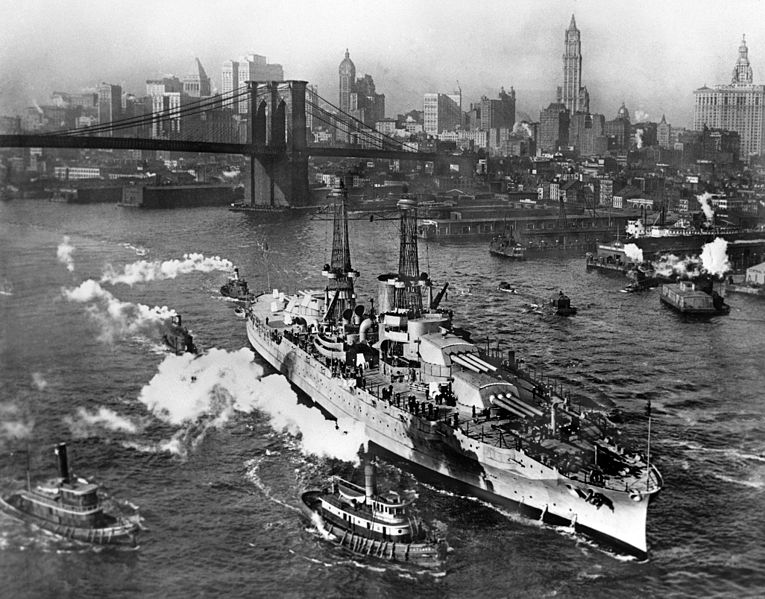
Compare that to how she looked in the early 30’s, after a rebuild at about the same time as the Fuso. The towers went from frail-looking latticework, to tripods of large-diameter steel tubing, with additional levels of superstructure top and bottom.
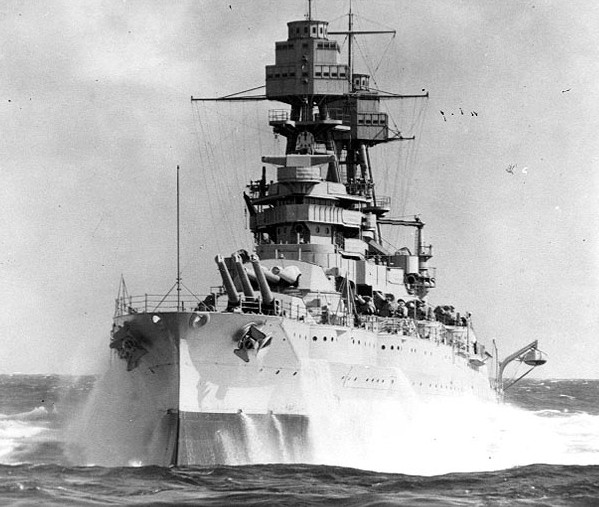
/=/=/=/=/=/=/=/=/=/
Peter – Your cross-section is quite interesting. I’m curious how you created the profile on your gutter supports – a round file or something else? Now we all know the Dutch words for window and door ;-)
Dave – you must have some memory! Just kidding, you obviously took notes.
I see you sussed out my inclination toward industrial architecture – it’s taking all of my minimal self-control not to include images of some of my favorites right now.
I agree with Jason, that’s going to be some rocking, crowded basement.
Tat – You don’t know a Cold Sweat until you’ve heard James Brown’s version:
First two minutes @
http://www.youtube.com/watch?v=sIxVWNPeRJY Robert – what is your grout technique? I thought Jason lost some of the cork’s texture when he did his, but your’s looks better preserved. I think I'm seeing a lot of fine sand, or something similar.










































